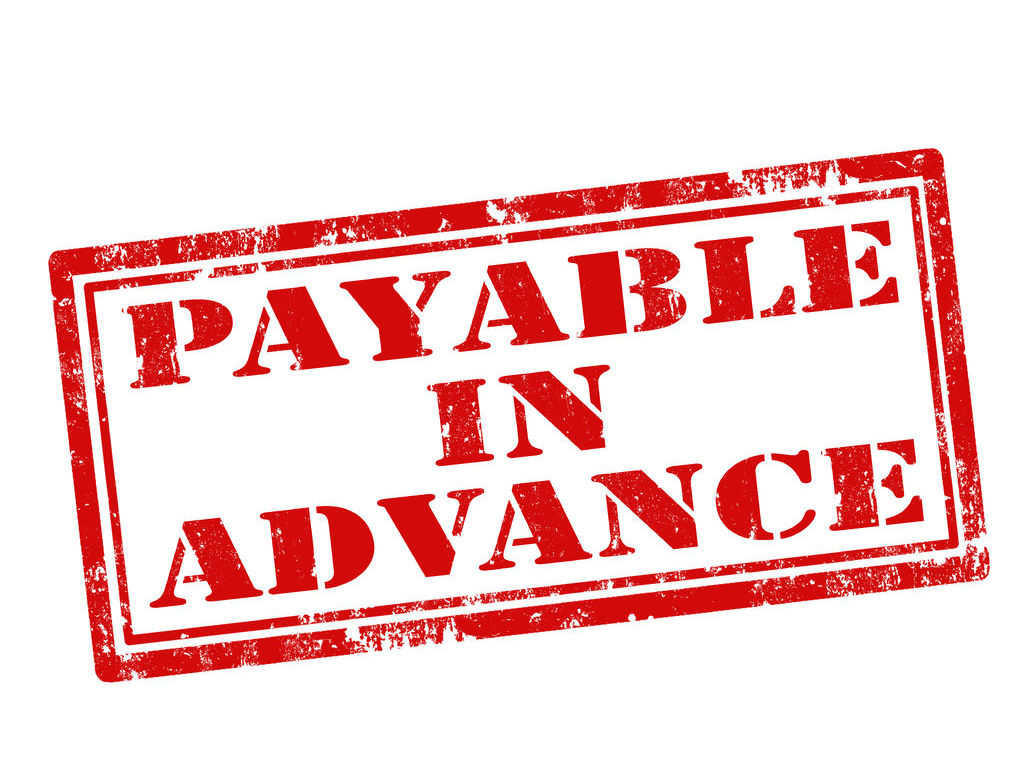Self-Assessment - Payments on Account
Posted on 14th July 2017
Due to the changes to the tax rates on dividends that came into effect from 2016/17, many freelancers, contractors and small business owners may find that they fall into the self-assessment payments on account regime for the first time this tax return season. But what does it mean?
Prior to 2016/17 many freelancers, contractors and small business owners would have withdrawn salary and dividends only up to the basic rate threshold to ensure tax efficiency and this would have resulted in no personal tax liability. However, the changes to the rates of tax on dividends through the abolition of dividend tax credits and the introduction of a 7.5% dividend tax rate (within the basic rate band) from 6 April 2016, means that most will now find themselves incurring a tax liability of at least £2,000 to optimise their basic rate band.
This means that for many, this tax season will be the first time that they will be advised that they have "payments on account" to make.
What are payments on account?
Payments on account are advance payments for your tax liability for the next tax year.
Who needs to make payments on account?
You are legally required to make payments on account if:-
- your tax liability is over £1k and
- less than 80% of your your tax is deducted at source i.e. through PAYE.

How are they calculated?
HMRC assumes that your tax liability for the next tax year will be the same as for the year of assessment. So if you are submitting your 2016/17 tax return, they will assume that your 2017/18 tax liability will be the same.
In addition to paying the tax liability for the year of assessment in full by 31 January, you will also have to make payments on account as follows:-
- 50% by 31 January
- 50% by 31 July
Example:
If your 2016/17 tax liabilty is £2,025, you will have payments due as follows:-
£2,025.00 due 31 January 2018 (full payment for 2016/17)
£1,012.50 due 31 January 2018 (50% estimated payment on account for 2017/18)
£1,012.50 due 31 July 2018 (50% estimated payment on account for 2017/18)
What if your income for income for the next tax year will be lower?
If you believe that your income for the next tax year will be lower and therefore your tax liability will be lower it is possible to apply to HMRC to reduce the payments on account. To do this, you will need to estimate your income and tax liability for the next year and make the application to HMRC accordingly. You can apply either with the submission of your tax return, or later as a separate claim. We can of course assist with this.
It is important to note that if you under-estimate and therefore underpay, HMRC will charge interest, so it is important that you estimate your income as accurately as possible.
Example:
Continuing the above example, if you believe your income for 2017/18 will be lower with estimated tax of £1,000, we can apply to HMRC to reduce your payments on account to £500.00 each. The will mean you have payments due as follows:-
£2,025.00 due 31 January 2018 (full payment for 2016/17)
£500.00 due 31 January 2018 (50% estimated payment on account for 2017/18)
£500.00 due 31 July 2018 (50% estimated payment on account for 2017/18)
What if your income for the next tax year will be higher?
If your income for the next tax year is likely to be higher, you do not have any obligation or requirement to alter the payments on account and instead will just be required to make a balancing payment the following 31 January.
Example:
Continuing again the above example, if your income for 2017/18 is higher and results in a calculated tax liability of £5,000, you will have payments due as follows:-
£2,025.00 due 31 January 2018 (full payment for 2016/17)
£1,012.50 due 31 January 2018 (50% estimated payment on account for 2017/18)
£1,012.50 due 31 July 2018 (50% estimated payment on account for 2017/18)
£2,975.00 due 31 January 2019 (balancing payment for 2017/18)
What if your income for the next tax year will remain the same?
If your income for the next tax year remains the same, leaving you with the same tax liability, the good news is that you will have already paid your 2017/18 tax liability. You will then have no balancing payment due for the year, and instead will just need to pay your payments on account for the 2018/19 tax year.
Example:
Continuing the above example, and assuming tax rates were unchanged, this would mean you would have payments due as follows:-
£1,012.50 due 31 January 2019 (50% estimated payment on account for 2018/19)
£1,012.50 due 31 July 2019 (50% estimated payment on account for 2018/19)
If you have any further queries about payments on account and wish to discuss your circumstances and options available, please get in touch.

Written by:
Nicola J O'Sullivan -
Effective Accounting
Founder | Xero Champion | IR35 Expert
Tagged as: Personal Tax
Share this post:


